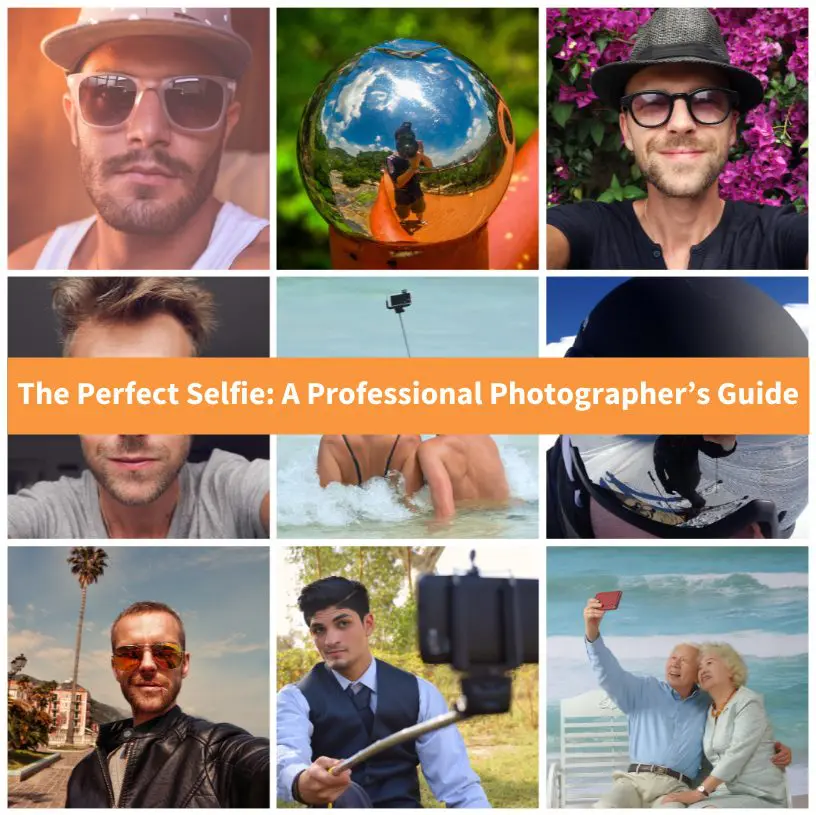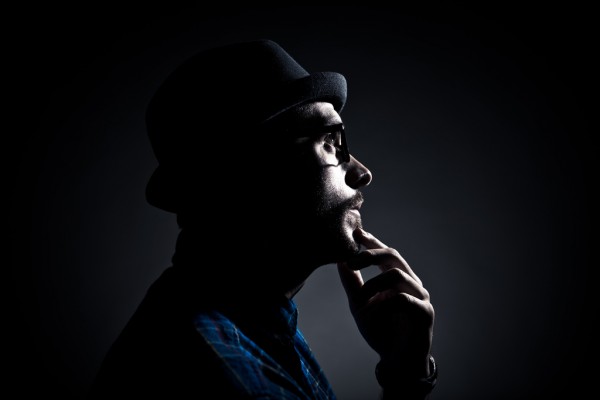
Low key lighting is one of the styles that can turn a standard portrait into a glamorous image. Kick it up a notch and uncover the cinematic potential of your shot.
What is low key lighting?
This technique is used when the photographer or the director wants to isolate its subject and add a sense of drama to the image.
This effect relies on a hard light source to enhance the shadows in the setting. It’s all about the contrast it creates. This way, you fully draw the viewer’s attention to your subject. The finished image will contain predominantly dark tones, conveying atmosphere.
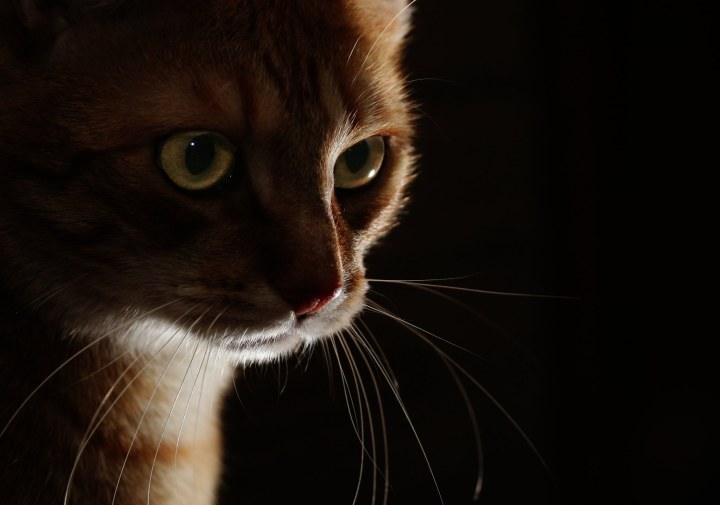
How to shoot low key lighting indoors
You low key lighting setup isn’t that complicated to put together, really. It consists of a large light source, reflectors, and diffusers. But you can skip the latter two if not available. If you are lucky enough to work with professional studio tools, you will get amazing results.
First, dim the lights because you want to make the ambient light as low as possible. Then focus on that one key light source. Control it to your own liking. Your aim should be to direct it to a particular part of the scene or on the subject. Do not, by all means, allow light to brighten your background. The key to low key lighting photography is no light “contamination”. Additionally, you can experiment with backlighting.
Next, take out your camera and check the camera settings. Set the ISO as low as possible, to base ISO. Depending on the model you are using, it is either 100 or 200. A low ISO means a better image quality. It will keep your image dark as well as ensuring it is noise-free. Don’t set the ISO high because you will get that non-professional grain destined to ruin your picture. Secondly, adjust the shutter speed and aperture until satisfied with the effect it gives. You should set the shutter speed to the fastest to reduce sunlight. The aperture should be wide open (this means low numbers). Take test shots until you get everything right.
Once you’ve got the scene and the camera settings ready, it’s time to shoot. Set up the flash. You can lower the flash output if you feel like there’s enough light in the scene. If you do not have a flash, consider moving to the outdoors. Wait until nightfall, and find a light source – artificial or moonlight.
Ultimately, work with your camera and light sources to achieve the end result.
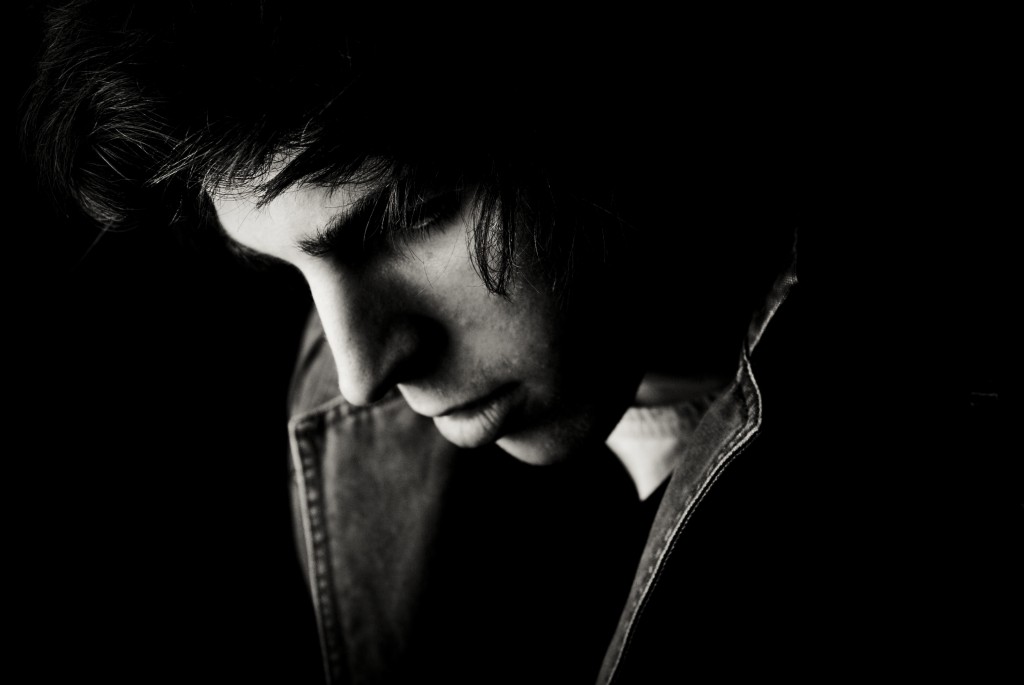
How to shoot low key lighting outdoors
Now that we’ve shown you how to shoot mysterious images indoors or at night let’s take it outside. While it is not impossible to shoot low-key during the day, it’s tricky. Just know that it is technically possible and all you need is patience.
Place your subject in a light in front of a shadowy background. Just as you did indoors, set the scene by doing all that’s necessary. If it means constructing the background, do that. You can add dark colored pieces of material behind your center of interest. If there’s not enough contrast between the background and the subject, an off-camera flash should do the trick.

We suggest you place the camera on a tripod or something steady. Try not to hand-hold it because a wide open aperture with fast shutter speed is bound to cause camera shake.
As an additional tip, try shooting in RAW. The RAW format is a photographer’s favorite. It captures a broad range of tones and ultimately leads to better post processing.
Low key lighting post processing
While it’s true that most of the work has to be done by the camera, image editors are useful too. Post processing will further enhance the drama in your pictures.
Using Photoshop, desaturate your image. Move the saturation slider to -100 until you get a black and white image. Next, create a new layer and raise the brightness and contrast until the picture looks perfect to you. Then, adjust the curves.

Low key lighting in film
It’s not all about photography, you know? Low key lighting is successfully used in cinema to add further drama to the action. And no other film genre has used low key light as perfectly as film noir.
Film noir more often uses hard lights that leave shard-edged shadows. This is created by using a single point source of light such as a bare halogen bulb. It’s these hard shadows that define the look of film noir.
There are a few tools used to manipulate light and shadow in movies. Such a device is called Cucoloris, also known as “cookies”. Cucoloris are cuts of wood, plastic, metal, or other materials. These go in between the light fixture and your center of interest. You can make one yourself.
Then we have Gobos. These cutouts made of metal or glass go inside the light fixture between a source of light and a lens. They cast a crisp shadow but only work with specialized lights with projection lenses.
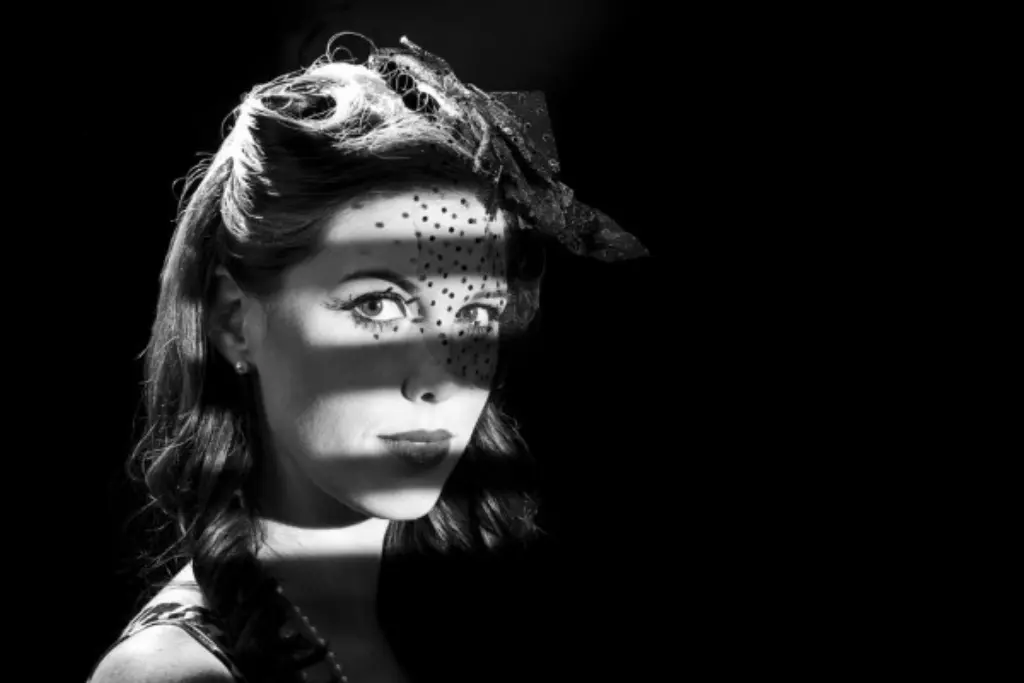
Film noir is also known for the eye light. The light is isolated so that only the eyes and the brows get illuminated. This helps achieve that dramatic look. There are a couple of ways to do it. Flags block light in places where you don’t want to see it. Or you can use barn doors attached to the light fixture.
Conclusion
To sum it up, low key lighting is one of the key techniques to use if you want to enhance the contrast in an image. This style is a theoretical concept. This means that while you must follow basic rules, you still have freedom of hand. You can achieve dramatic effects with both studio and improvised equipment. Props play a secondary role and don’t stress too much over a missing flash, reflectors, and others. As long as you have a decent camera on your hands, low key lighting photography is possible in almost any circumstances.
Bottom line, experiment with lighting and camera settings as much as you can. The end result will eventually be a fabulously dramatic one.





